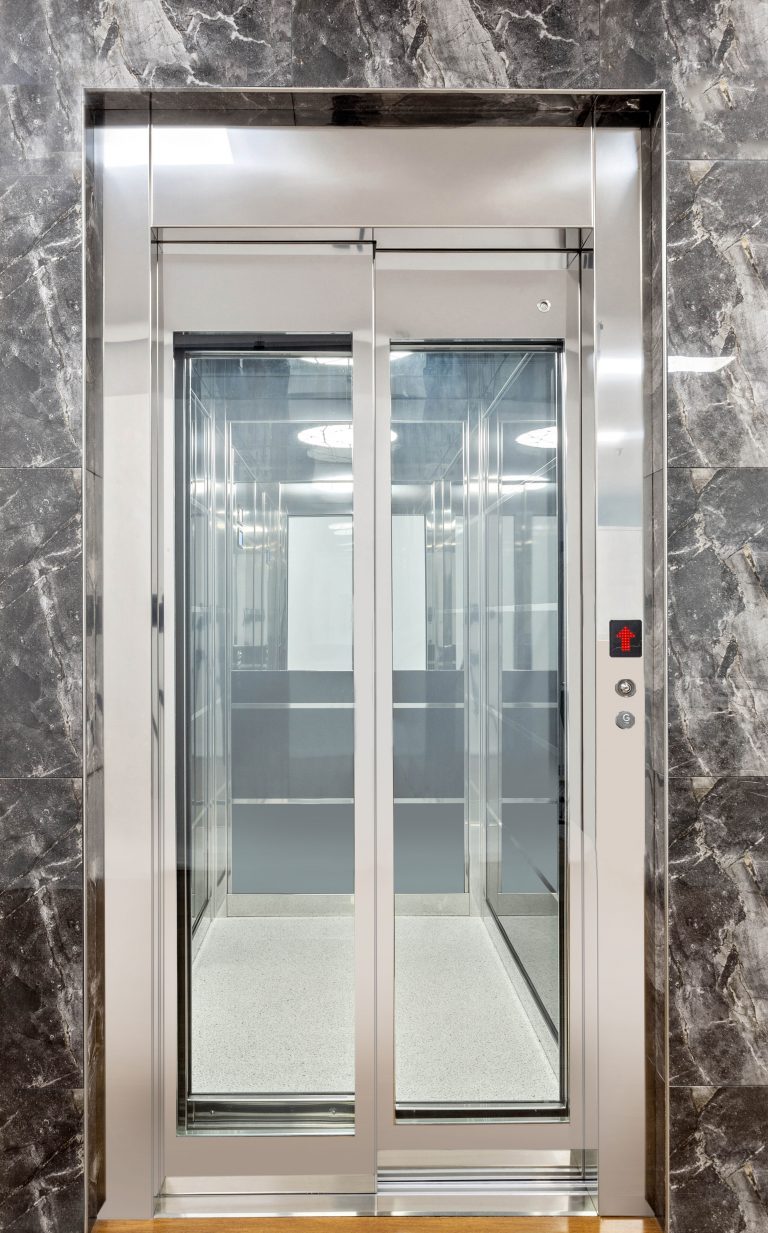Discover the Best Disabled Platform Lifts Prices UK for Residential and Commercial Use
Discover the Best Disabled Platform Lifts Prices UK for Residential and Commercial Use
Blog Article
Digging Into the Globe of Lifts: Usual Problems Faced by Numerous Lift Systems
As we navigate through the upright transport systems of modern-day structures, elevators stand out as an essential part of our day-to-days live. Nevertheless, behind their smooth operation lies a globe of elaborate devices that can often experience obstacles. From hydraulic elevators to grip systems and machine-room-less designs, each lift kind includes its collection of typical issues. Comprehending these challenges is vital for making certain the smooth performance of these important systems. Let's explore the intricacies that underlie the operation of elevators and the possible issues that can arise, clarifying the detailed internet of lift devices.
Hydraulic Elevators
Hydraulic elevators, usually chosen for low-rise buildings, make use of fluid stress to control the motion of the lift car (lift repair companies). This system includes a hydraulic pump pushing oil right into a cylinder, causing the elevator to relocate the wanted instructions. While hydraulic elevators are known for their peaceful and smooth procedure, they do feature their own set of common problems
One common trouble with hydraulic lifts is oil leak. The seals in the hydraulic system can use out gradually, causing oil seepage. This not just creates a mess however can additionally influence the lift's efficiency if left unaddressed. Furthermore, problems with the control system, such as malfunctioning shutoffs or a malfunctioning pump, can create disturbances in the elevator's motion.
Regular maintenance and prompt repairs are necessary to ensure the smooth functioning of hydraulic elevators. By resolving these usual concerns proactively, structure owners can minimize downtime and make certain the safety and security and performance of their upright transportation system.
Traction Lifts
When taking into consideration upright transportation systems in structures, one more common type besides hydraulic elevators is the traction lift. Traction elevators run using a system of ropes and weights that move the lift auto by clutching onto the hoist ropes. This system allows for smoother and much faster upright transportation compared to hydraulic systems.
One of the common problems faced by grip lifts is rope wear. The consistent movement of the ropes within the traction system can bring about tear and use over time, possibly causing the elevator to breakdown or come to be dangerous for use. Regular examinations and upkeep of the ropes are essential to guarantee the elevator's correct functioning and safety and security.
An additional issue that traction elevators may run into is connected to the control system. Troubles with the control system can lead to concerns such as erratic motion, hold-ups in reaction times, and even full shutdowns. Routine screening and maintenance of the control system are critical to avoid such concerns and ensure the lift's reliability.
Machine-Room-Less (MRL) Elevators

One of the key parts of MRL lifts is the compact gearless grip maker that is installed within the hoistway. This maker efficiently drives the lift cars and truck without the requirement for bulky tools discovered in traditional grip lifts. In addition, MRL elevators typically make use of a counterweight system to stabilize the cars and truck, additional boosting their energy efficiency.
Regardless of their advantages, MRL lifts may deal with obstacles connected to upkeep and repair because of the constrained room for devices installment. Accessibility for servicing elements within the lift companies in London shaft can be restricted, requiring specialized training for service technicians. Proper maintenance timetables and normal evaluations are vital to ensure the continued smooth operation of MRL lifts.
Overloading and Weight Limit Issues
Overloading and weight limit issues are crucial issues in elevator operations. Lift manufacturers layout raises with details weight abilities to make certain guest security and devices durability.
When elevators are overloaded, it puts excessive pressure on the electric motor, cords, and other components, potentially creating malfunctions or malfunctions. If they identify excess weight, safety and security systems such as sensors and overload sensing units are in place to prevent lifts from moving. Additionally, surpassing weight limitations can lead to raised power consumption and damage on the lift system.
To reduce overloading concerns, building supervisors ought to plainly show weight limits in lifts and educate passengers on the significance of adhering to these constraints - lift repair companies. Normal maintenance checks by certified specialists can additionally assist ensure that elevators are operating within risk-free weight criteria. By resolving overloading and weight limitation concerns proactively, building proprietors can boost elevator safety and security and efficiency
Electric System Failings
Exceeding weight limitations in lifts can not only lead to mechanical issues but also potentially contribute to electrical system failures within the lift infrastructure. Electrical system failures are an essential worry in lift procedure, as they can trigger we maintain lifts unanticipated closures, malfunctions, or even security risks.
Regular upkeep and examinations are critical to determine and deal lift repair near me with possible electrical concerns immediately, guaranteeing the secure and effective operation of lift systems. By adhering to weight limitations and conducting regular electrical system checks, structure proprietors can reduce the threat of electric failings in lifts.
Final Thought

Hydraulic lifts, often favored for low-rise structures, use fluid pressure to regulate the motion of the elevator auto.When taking into consideration vertical transport systems in buildings, another typical type apart from hydraulic elevators is the grip elevator. Grip elevators run making use of a system of ropes and counterweights that relocate the elevator auto by grasping onto the hoist ropes. Unlike traditional lifts that require a different machine space to house the equipment, MRL lifts incorporate many of the components within the shaft, removing the need for a committed device area.In conclusion, lifts face common concerns such as hydraulic malfunctions, grip system failings, and electrical system issues.
Report this page